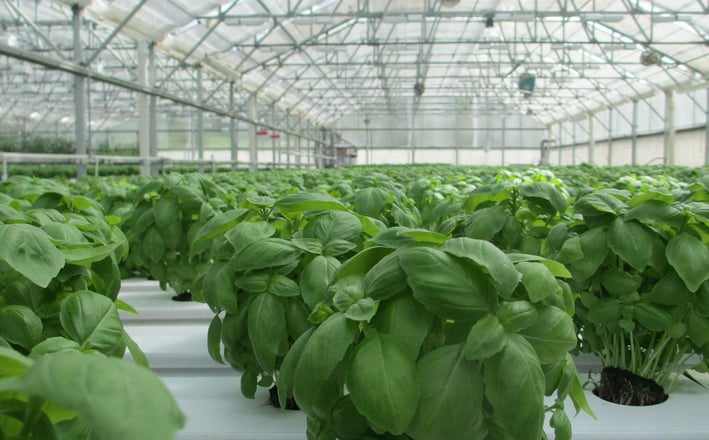Ecological Farming Project


Differs from organic farming in that it prioritizes ecosystem management and biodiversity, while organic farming focuses on avoiding synthetic pesticides and fertilizers.
Difference between eco-farming and organic farming
There is some overlap between eco-farming and organic farming, but we can also note several key differences.
Organic farming is about growing healthy food through natural methods — meaning no synthetic fertilizers, pesticides, or GMOs. The practices associated with this type of farming follow specific guidelines for environmental sustainability and animal welfare.
Eco-farming takes the concept further by looking at the bigger picture to create an autonomous system that works harmoniously with the environment. It considers energy use, packaging, social aspects, and fair trade for a holistic approach to farming that wants to minimize the environmental impact while promoting sustainable food production.
Fundamental concepts of eco-farming
Biodiversity: Eco-friendly farming understands, respects, and supports plant and animal species diversity within every agricultural system. Farmers are aware of the impact of beneficial insects and pollinators, natural enemies of pests, and soil microorganisms on their crops and create an environment where everyone can thrive.
Farmers use crop rotation, intercropping, agroforestry, and cover crops to achieve this goal. These techniques enhance the ecosystem, ensure nutrient cycling and natural pest control, and counter environmental issues like droughts or pest outbreaks.
Soil health: This central concept considers the soil’s physical, chemical, and biological properties, as healthy soil is at the core of sustainable agriculture. The earth can only support plant growth with the proper nutrients, microorganisms, and water content.
All eco-farming practices contribute to improving soil health: Cover cropping, crop rotations, and using organic compost instead of synthetic fertilizers are all meant to increase and enhance the organic matter in the soil and provide a suitable habitat for microorganisms.
Reduced tillage, intercropping, and agroforestry, on the other hand, promote soil aggregation and reduce erosion for improved soil structure overtime.
Flagship / Preferred Projects
